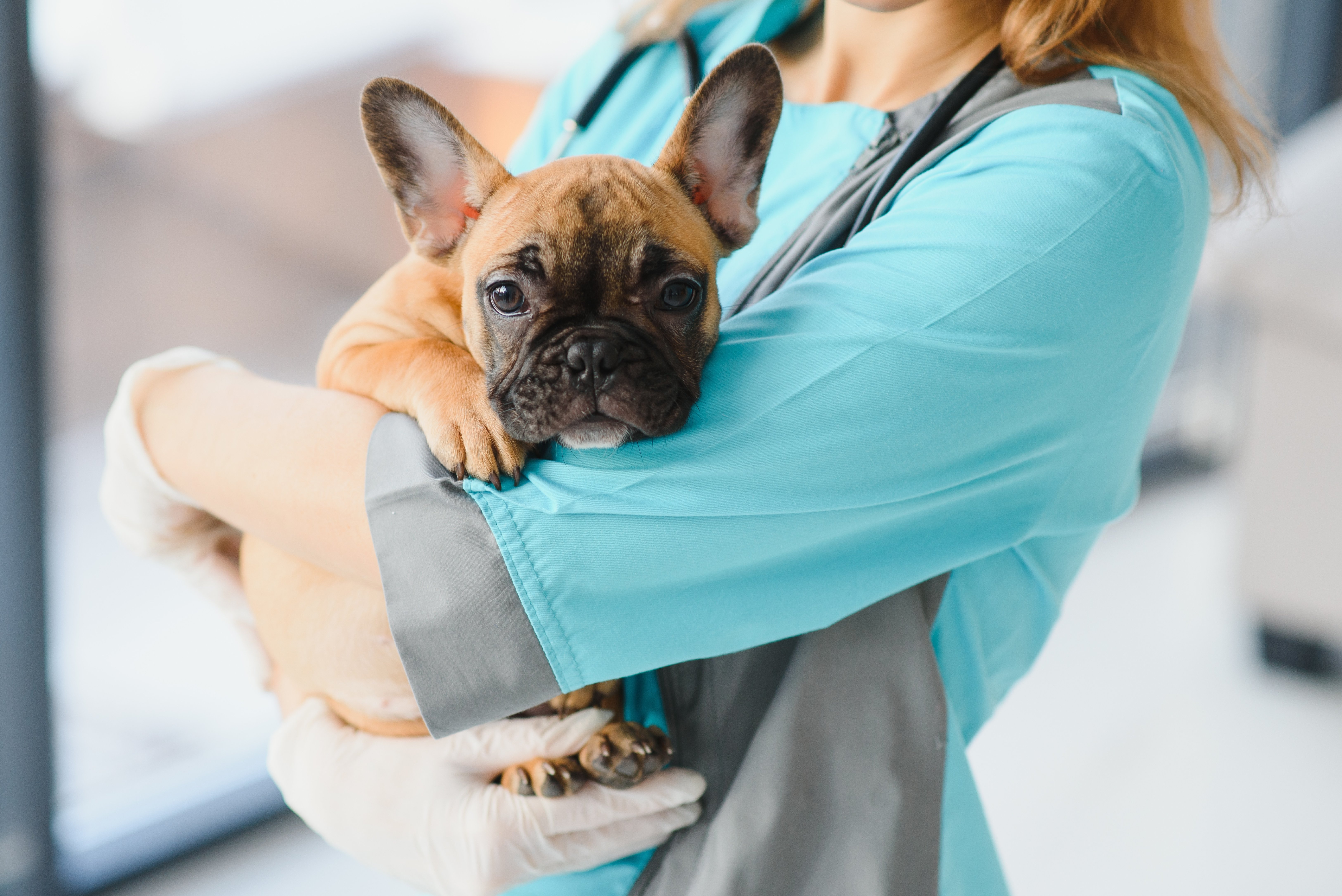
Spaying is a surgical procedure in which the reproductive organs of female animals are removed. In the case of a female dog, this means removing the ovaries and the uterus. The surgery is performed under general anesthesia, so the animal is not awake and feels no pain.
The entire procedure typically takes less than an hour, and the animal can go home the same day.
What Are the Benefits of Spaying?
Spaying your dog can help her live a longer, healthier life. It is generally recommended that dogs be spayed at a young age before their first heat cycle. There are several health benefits to spaying your female dog. Some of the most significant benefits include the following:
Reduced Risk of Certain Types of Cancer
Spaying your dog can reduce her risk of developing certain types of cancer, such as breast and uterine cancer.
Prevention of Pyometra
Pyometra is a severe uterus infection that can be life-threatening. Spaying your dog can prevent this condition.
No Heat Cycles
Female dogs experience heat cycles, during which they may exhibit behavioral changes and attract male dogs. Spaying your dog eliminates the risk of accidental breeding and eliminates these behavioral changes.
Reduced Risk of Other Reproductive Disorders
Spaying your dog can reduce the risk of other reproductive diseases, such as mammary gland tumors and ovarian cysts.
Risks of Spaying
Overall, the risks associated with spaying are generally low and can be minimized by choosing a reputable veterinarian and following their postsurgical care instructions. The most common risks associated with spaying include the following:
Anesthetic Risks
Any time an animal is given general anesthesia, there is a risk of complications. However, these risks are generally low and can be minimized using modern anesthetic protocols and monitoring the animal closely during the procedure.
Infection
There is a small risk of disease at the surgical site. This risk can be minimized by following the veterinarian's postsurgical care instructions and administering prescribed antibiotics.
Bleeding
Bleeding is a common risk during or after the surgery. The veterinarian will take steps to minimize this risk, such as using special instruments and techniques to control bleeding during the surgery.
Suture Complications
There is a small risk of the sutures (stitches) breaking or coming loose after the surgery. If this happens, the vet may need to remove and replace the sutures.
Recovery Tips
Following these tips, you can help your dog recover smoothly and comfortably after being spayed.
It is essential to keep your dog quiet and relaxed for the first few days after the surgery to allow her body time to heal.
Keep an eye on the incision site and look for any signs of redness, swelling, or discharge. If you notice any of these signs, contact your veterinarian.
If your veterinarian has prescribed any medications for your dog, follow the instructions for administering them. These medications help reduce swelling and discomfort and prevent infection.
For more on the ultimate guide to dog spaying, visit Shore Pet Surgery at our office in Laurel or Grasonville, Maryland. Call 301-483-7080 or (410) 827-6464 to book an appointment today.






